
The Ultimate “Clean Drain Dry” Guide: If you’re a seaplane pilot, you gotta know about Clean Drain Dry—the ultimate way to keep your plane safe, the environment protected, and stay outta trouble with the law. Whether you’re floatin’ over a lake in Montana or cruisin’ a river in Florida, this super-simple but super-important routine is your front line defense against spreadin’ nasty aquatic hitchhikers like invasive plants and mussels. Stick with me, and by the end, you’ll know every step, why it matters, and how to do it right, no sweat.
Table of Contents
The Ultimate “Clean Drain Dry” Guide
If you’re flying seaplanes, Clean Drain Dry is the golden rule of responsible operation and environmental care. This simple but critical protocol safeguards waterways, preserves ecosystems, and ensures your plane stays in peak flying condition. Every drop cleaned, every puddle drained, and every surface dried is a step towards preventing invasive species from hitchhiking around America’s treasured waters. Stick to it, and do your part to keep seaplanes and waterways safe and ready for years of adventure.
| Feature | Details |
|---|---|
| Key Steps | Clean off all visible mud, plants, animals; drain every compartment holding water; dry plane for 5+ days |
| Importance | Prevents spread of invasive species like zebra mussels & hydrilla, preserving ecosystems and economy |
| Drying Time | Air dry for minimum 5 days recommended OR wipe dry thoroughly before reuse |
| Training & Compliance | Many states mandate AIS training & inspections; fines & grounding possible for non-compliance |
| Eco-friendly Practices | Use hot water rinses (~120°F), biodegradable cleaners; avoid harsh chemicals and high-pressure wash |
Why “Clean Drain Dry” Is a Big Deal for Seaplane Pilots?
Playing around on the water is a blast, but it comes with responsibility. Aquatic invasive species (AIS) are a major threat to lakes, rivers, and fish populations across the U.S. Species like zebra mussels clog pipes and water systems, while invasive plants such as Elodea choke out native vegetation, decimating fish habitats and impacting recreational fishing and boating economies. These invaders can be inadvertently spread by seaplanes moving between waterbodies because water and organic debris cling to aircraft surfaces and components that contact water.
The U.S. Fish & Wildlife Service and many state agencies emphasize that Clean Drain Dry is essential to stop those invasive hitchhikers from harpooning on board and snagging a ride to your next destination. This responsibility falls on every seaplane pilot, every trip, every time. Failure to comply risks devastating ecosystems, costly waterbody closures, and legal penalties for violating state and federal invasive species laws.
Step-By-Step Ultimate “Clean Drain Dry” Guide
Step 1: CLEAN — Scrub Off the Gizmos Thoroughly
Cleaning is the foundation of the entire protocol. Every piece of organic matter or sediment you leave on your seaplane bumps up the risk of transporting invasive species.
- Visually inspect and physically remove all visible aquatic plants, mud, fish eggs, and any other debris. Pay special attention to hard-to-see places like under the hull’s chine, in skeg crevices, spray rails, and around fasteners.
- Use a soft brush or cloth to gently dislodge stubborn debris without damaging your aircraft’s finish.
- Rinse with low-pressure hot water when possible (about 120°F). This temperature is sufficient to kill microscopic organisms without harming aircraft materials.
- Avoid strong solvents, bleach, or abrasive cleaning tools to protect your aircraft’s surfaces and the environment.
- Don’t forget items like mooring ropes, cables, propellers, rudders, and drain plugs — invasive hitchhikers love hiding there.
- After cleaning, dispose of any debris far from water sources to prevent immediate recontamination.
Step 2: DRAIN — Remove Every Last Drop of Water
Even a tiny puddle can be a perfect home for aquatic hitchhikers, so thorough draining is crucial.
- Remove drain plugs on pontoons, hulls, and any compartments that collect water.
- Drain engine cooling systems, live wells, bilges, bait buckets, and any water storage or ballast tanks.
- Actively pump or sponge out water from areas prone to retention.
- Move parts like water rudders up and down while still over water to flush out trapped water and organisms.
- Transport your plane with drain plugs removed when regulations require it; many states forbid transporting craft with plugs installed.
- Be aware that some invasive larvae and microscopic species like spiny water fleas can survive in water up to several days — dry them out completely ASAP.
Step 3: DRY — Thoroughly Air Out Your Ride
Drying is the step that finishes off any remaining hitchhikers.
- The gold standard is air drying your seaplane completely for a minimum of five days in a warm, dry environment to ensure no life survives.
- When time doesn’t allow, dry meticulously using microfiber towels or shammy cloths on every surface, crevice, and compartment.
- Tilt your plane forward and side to side to ensure water drains fully from bilges and compartments.
- Drying times vary depending on humidity, temperature, and season — colder, damper climates need longer drying periods.
- Remember that moisture trapped in hidden corners or under seals can harbor invasive species, so do a careful final check before launching again.
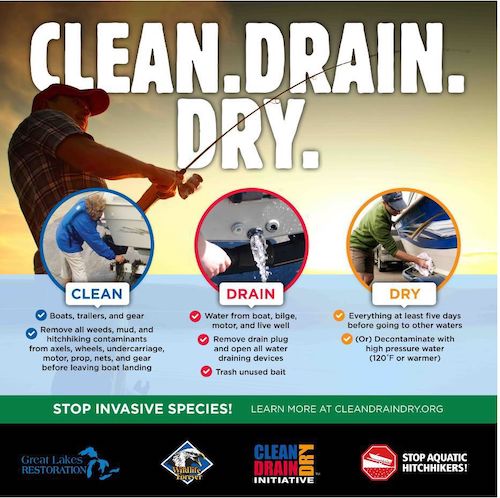
Additional Clean Drain Dry Considerations for Seaplane Pilots
Leveraging Equipment and Technology
New technologies can boost your Clean Drain Dry effectiveness:
- Thermal decontamination: Portable hot water or steam units can sterilize critical parts without chemicals.
- Ultraviolet (UV) light: UV technology is emerging for disinfection of water-contact equipment safely.
- Inspection tools: Use magnifiers or underwater cameras to find hidden invasive organisms and mud.
Legal Responsibilities and Environmental Regulations
- More than 30 states require Clean Drain Dry compliance for seaplane pilots, often before launching and after landing.
- Many states mandate annual invasive species awareness or refresher training for boaters and seaplane operators.
- FAA and environmental bodies promote strict documentation and certification for planes operating in AIS-sensitive regions.
- Ignoring Clean Drain Dry rules can lead to severe penalties including fines up to thousands of dollars, legal suits, and orders grounding aircraft.
- Consult your state’s department of natural resources or similar agency to stay current on local laws and AIS policies.
Safe Cleaning Chemicals and Practices
- Select biodegradable, phosphate-free, aircraft-safe cleaners.
- Refrain from using bleach, harsh acids, or solvents harmful to both aircraft and ecosystems.
- Rinse surfaces thoroughly after cleaning to avoid residue buildup.
- Use dedicated brushes and cloths for cleaning your aircraft to avoid spreading organisms between crafts.
Seasonal and Weather Tips
- Cold, damp winters require more extended air drying to prevent survival of invasive species.
- Summer’s heat accelerates drying but don’t compromise cleaning thoroughness.
- After heavy rains or in wet climates, extra drying efforts and inspections are crucial.
Seaplane AIS Prevention Best Practices Beyond Clean Drain Dry
- Avoid landing in waters known to be heavily infested when possible. Many states have AIS risk advisory maps you can check before flights.
- Report any sightings of invasive species during your trips to wildlife or environmental authorities — your pilot eyes help protect ecosystems.
- Educate fellow pilots and boaters when you can—word-of-mouth helps build a community committed to AIS prevention.
- If you’re involved in manufacturing, outfitting, or maintaining seaplanes, advocate for design features that reduce water retention points and ease cleaning.
- Join pilot associations and environmental groups focused on advocacy, training, and innovation for invasive species control.

Why Seaplane Pilots Should Care?
Flying seaplanes is thrilling, but it comes with environmental stewardship. There’s a serious responsibility to protect the natural habitats that make seaplane travel special. With over 30 U.S. states enforcing AIS prevention for seaplane operations, Clean Drain Dry isn’t just a best practice—it’s a legal and moral obligation.
Aquatic invasive species cost American states hundreds of millions annually in damages and control. Your aircraft could easily become an unintentional vector for spreading harmful organisms, but by being vigilant and diligent with Clean Drain Dry, you play a critical role in protecting the waters and economies we all cherish.
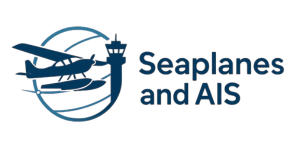
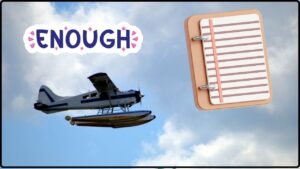
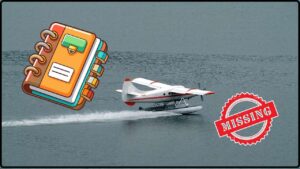


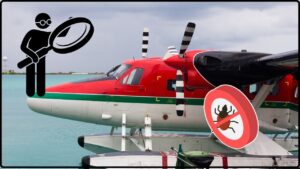



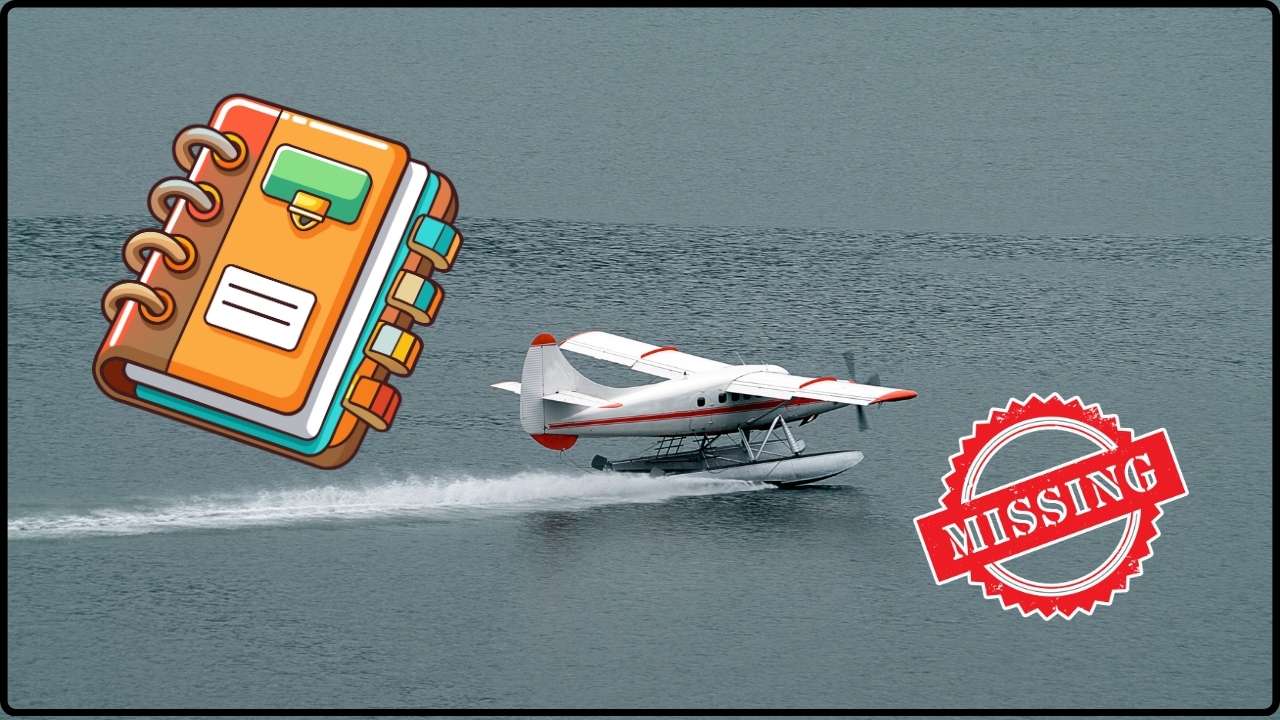

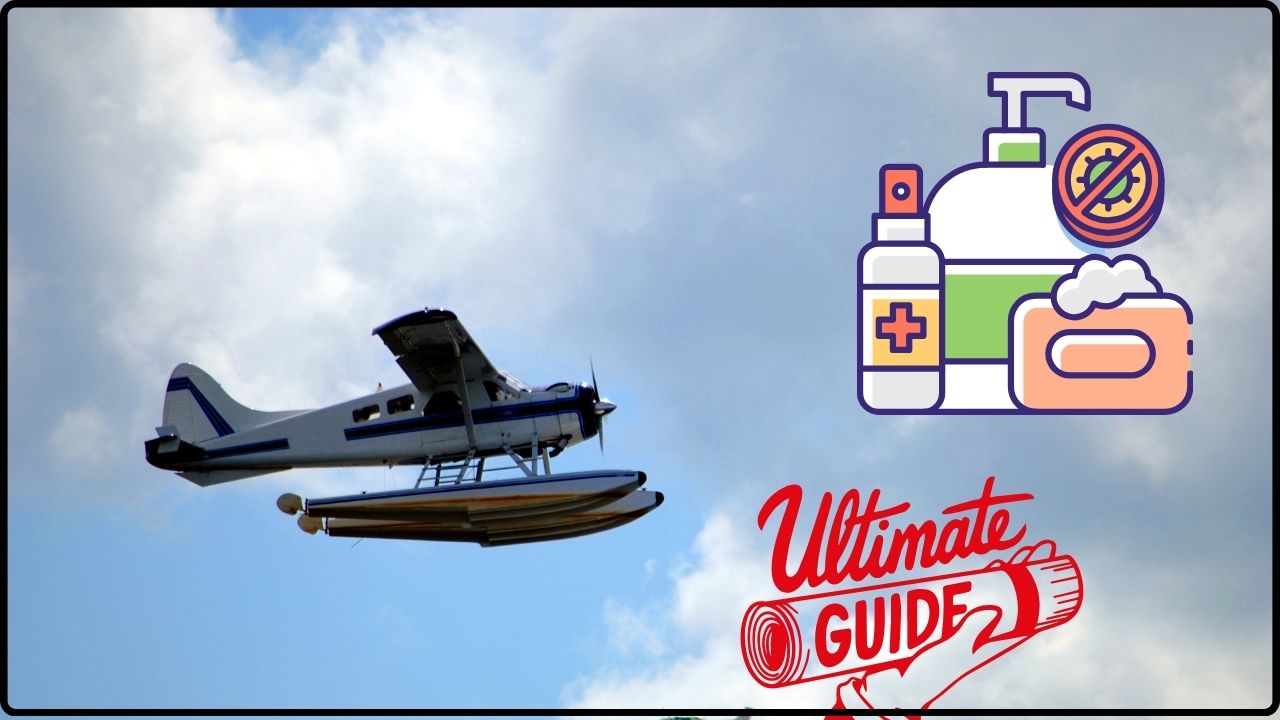


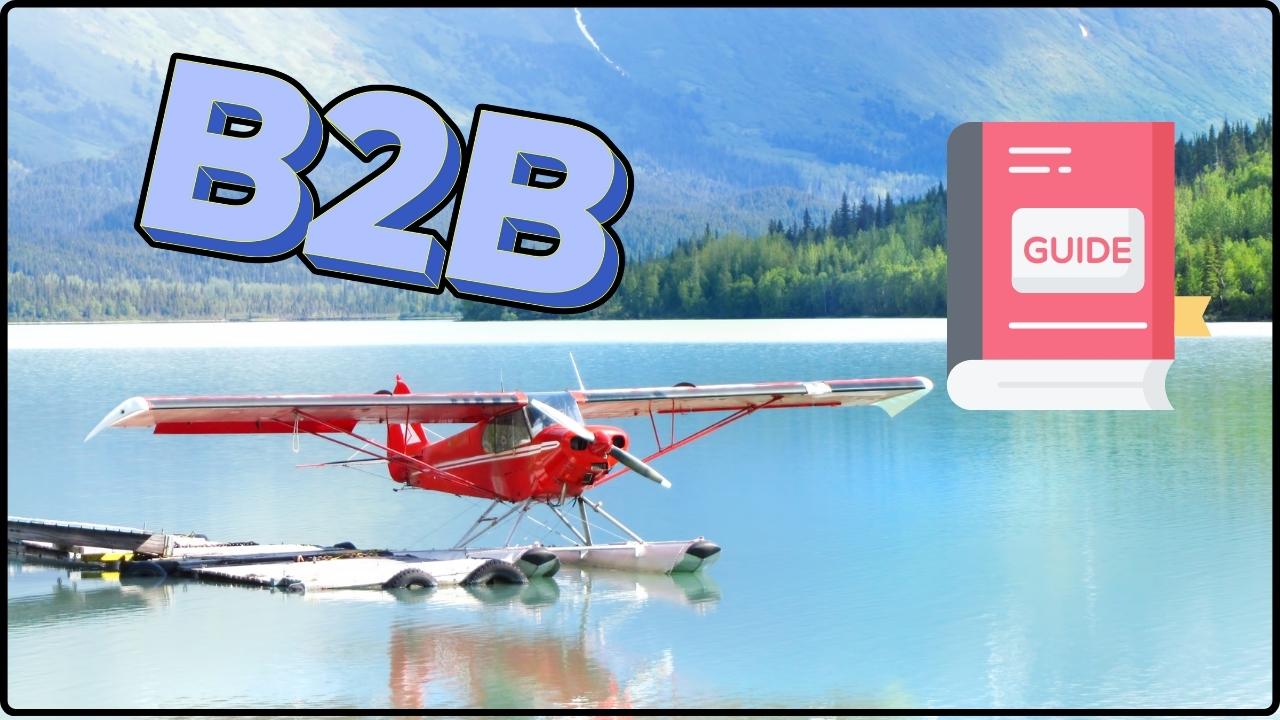
![Case Study: How [Lake Association] Partners with Pilots to Stop AIS](https://seaplanesandais.com/wp-content/uploads/2025/11/Case-Study-How-Lake-Association-Partners-with-Pilots-to-Stop-AIS.jpg)
